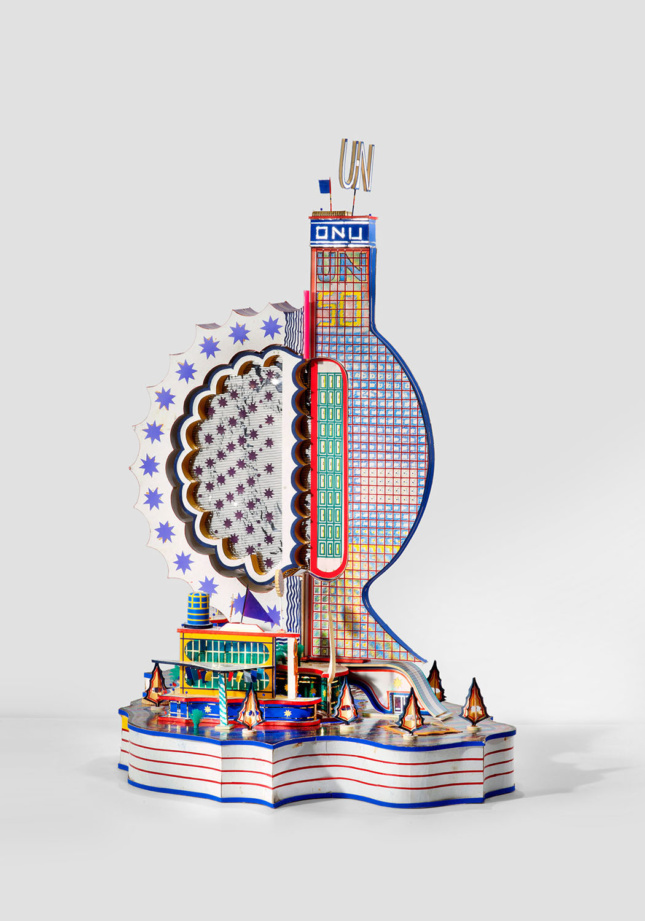French-Italian art collector Jean Pigozzi has gifted New York’s Museum of Modern Art (MoMA) a substantial collection of contemporary artwork from across Africa. The 45 pieces included in the donation feature work by Sierra Leonean artist Abu Bakarr Mansaray, Malian photographer Seydou Keïta, and Congolese sculptor Bodys Isek Kingelez, whose fantastical models of cityscapes formed the retrospective exhibition Bodys Isek Kingelez: City Dreams at MoMA last year. According to MoMA, Pigozzi’s is the largest single gift of African art that the museum has ever received and will contribute significantly to future displays of its permanent collection.
Born in Paris to Italian businessman and Simca-founder Henri Pigozzi, Jean Pigozzi amassed his fortune through inheritance and a variety of enterprises, including photography and fashion design. He jumpstarted his collection of African contemporary art in 1989, soon after seeing the exhibit Magiciens de la Terre at the Centre Pompidou in Paris. Curator André Magnin lent considerable guidance as Pigozzi accumulated upwards of 10,000 pieces, now widely recognized as one of the largest collections of African contemporary art in the world. Pigozzi has maintained his holdings as the Contemporary African Art Collection (CAAC) in Geneva, which has no permanent galleries for exhibition. Pieces from the CAAC have been lent to museums and galleries across Africa, Europe, and North America for a range of temporary exhibits.

The move by Pigozzi sheds light on a broader effort by MoMA to overcome its longstanding focus on American and European modernism. The museum’s leaders have been appealing to donors with collections that highlight other regions of the world, including Patricia Phelps de Cisneros, who has given Latin American artwork to the institution twice since 2016. For MoMA, the acquisition may represent an opportunity for both redemption and growth. Between 1984 and 1985, the museum held an exhibit titled ‘Primitivism’ in 20th Century Art: Affinity of the Tribal and the Modern, which many have excoriated for promoting reductive, racist, and deeply ingrained notions of African inferiority. The Pompidou show that catalyzed Pigozzi’s collection was largely considered a rebuttal to MoMA’s own curatorial efforts, prompting Pigozzi himself to spend much of his life advocating for African contemporary art as on-par with, and often more interesting than, Western examples.
The growing stature of African contemporary art on the global stage extends well beyond MoMA’s walls. Earlier this year, the 1-54 Contemporary African Art Fair made its Manhattan debut at New York’s Industria, six years after its founding in London and four years after popping up in Brooklyn. In 2016, the international auction house Sotheby’s opened a department dedicated to African art in London, which has been frequented not only by Europeans but also by wealthy collectors from Nigeria, Kenya, and elsewhere in Africa. MoMA is likely looking to get in on the action, and Pigozzi’s gift presents the institution with its best opening yet.
While it is still unclear exactly how curators will incorporate Pigozzi’s pieces into the MoMA’s permanent collection displays, they are sure to play a role in the museum’s continuing growth. MoMA’s newly expanded facility, including its reconfigured permanent collection galleries, will open to the public on October 21, 2019.











